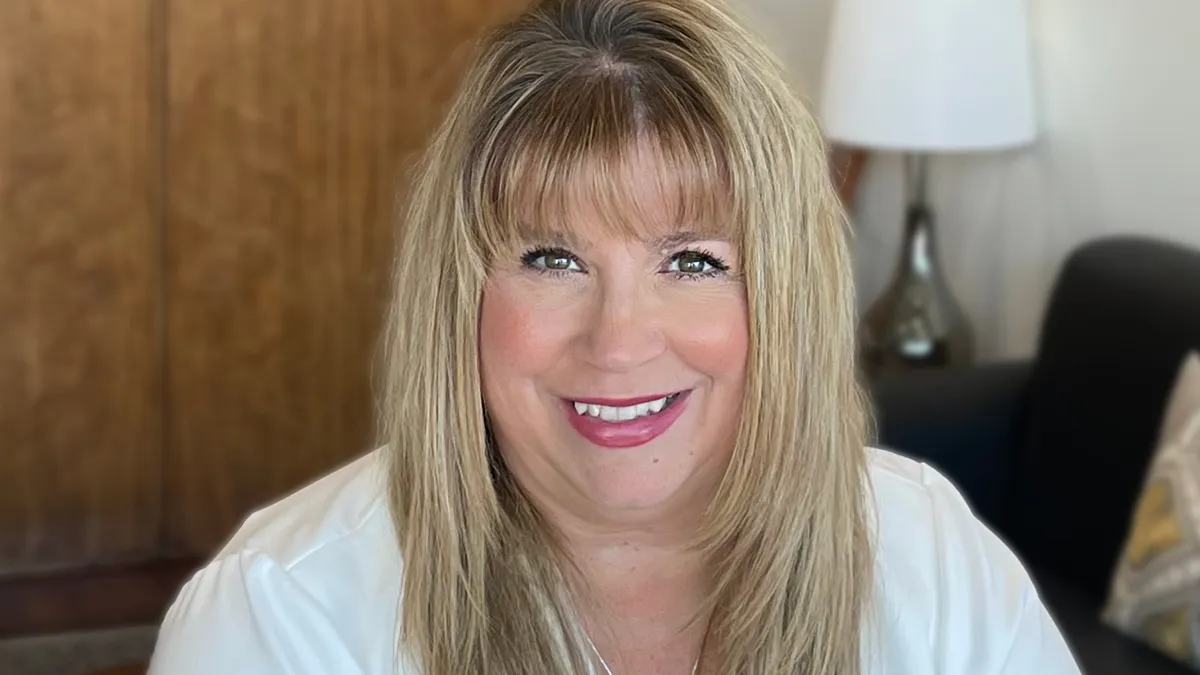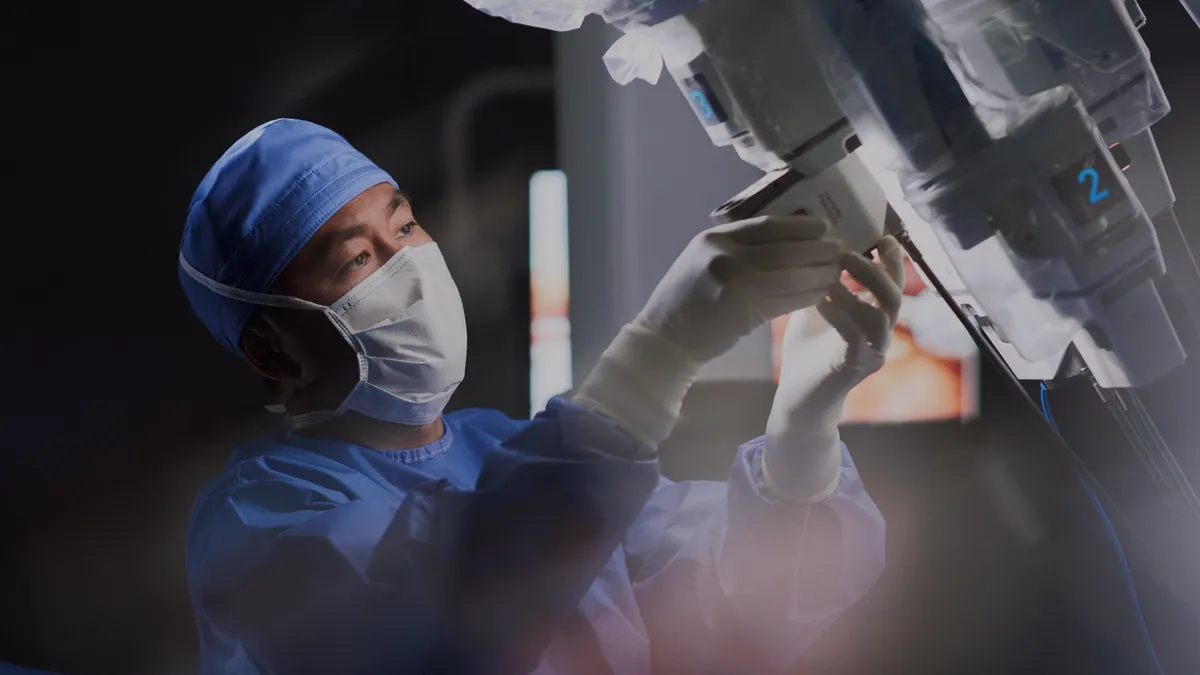When a patient develops sepsis, the body’s extreme immune response to infection, timing is everything. Care providers face a race against the clock to prevent the condition from progressing to septic shock, multi-organ failure and death.
Sepsis cases are on the rise, partly due to better tracking, but also as people with chronic diseases live longer, and as antibiotic-resistant infections increase, according to the National Institutes of Health. It’s a leading cause of death in hospitals and a main driver of readmissions, which can lead to Medicare penalties that reduce health system revenues.
Early detection, appropriate antibiotics and aggressive fluid management are key to the sepsis patient’s recovery. Heather Knight, group president of Baxter International’s medical products and therapies business, spoke to MedTech Dive about the company’s work with hospitals to address challenges posed by sepsis.
This interview has been edited for length and clarity.
MEDTECH DIVE: What efforts are underway across the healthcare ecosystem to reduce the threat to patients from sepsis?
HEATHER KNIGHT: When you talk to healthcare providers, there's no one smoking gun when it comes to sepsis, but it remains the leading cause of death and the number one actual expense item when you think about the care for sepsis across U.S. hospitals. So, anybody who is a provider is paying attention to this. The reimbursement that is underway and some of the regulation definitely should help continue to put a spotlight on this as it relates to value-based healthcare, and trying to look at sepsis bundles, and how you solve that. Baxter has been tracking this really for some time.
I think the challenge is just treating it effectively and trying to get people out of the hospital more quickly, because it is still also the number one cause of readmissions. Many years ago, the Centers for Medicare and Medicaid Services put guidelines in place that if someone comes back in for a readmission due to something like sepsis, it's not reimbursed. It's in a provider and hospital’s best interest to make sure that they try to treat this right from the beginning.
What role does fluid management play in treating sepsis?
When a patient has sepsis, and they're in the ICU, they are deemed really the sickest patients in the hospital. When someone is that sick, they're getting IV therapy and IV fluids, usually solutions and drugs. And you can give either too little or too much around fluids. One of the products that we have is called the Starling system. It's a measure of fluid responsiveness in a patient and helps clinicians assess what is the optimal fluid mix that you can give a patient. That's important because it helps with tissue perfusion and organ perfusion, and that's one of the healing characteristics when someone has sepsis.
How does Baxter’s approach differ from other technologies?
We acquired a company in 2019 called Cheetah Medical, and they had the Starling system. We were seeing a global problem around sepsis, and we knew that we had these other devices and products around the patient that we could start to look at this more holistically, to allow caregivers good clinical decision support.
The technology is noninvasive, and it's new. It’s new to the market, new to the industry, but when patients are on it, they are seeing a good response to how they're managing the fluid balance.
There are technologies that can go into the vein, but Starling is the only one that can be done noninvasively. It’s basically a number of sensors that are placed on the chest of a patient, so it can be monitored without breaking the skin or going into the patient's bloodstream. Think about it: If you have somebody with sepsis who is highly susceptible to infection and then you're breaking through the skin to inject a catheter or to try to detect that, that's not ideal for a patient who is that critically ill.
How does Baxter work with hospitals to manage sepsis patients?
We’re working with hospitals to help them understand earlier detection, what noninvasive fluid management looks like and how they can leverage technology with AI coming on the back end of that to help with care delivery and clinician support. Coming out of three years of COVID, there probably was not the willingness to adopt newer technology or new protocols or new therapies because everyone was in such a state of firefighting and triaging patients. With new evidence that's been generated, and things stabilizing a little bit, there's a lot of interest.
Is there an opportunity for artificial intelligence to enhance fluid monitoring?
We're pretty excited about AI’s capabilities and what the technology will provide to what we're calling connected care or connected devices. Baxter has millions of devices, not just in my portfolio but all of the hardware and technology that we sell to a hospital. There's a lot of data that sits passively on those devices that often goes onto a gateway into the electronic medical record of a hospital. For instance, we know that when we look at the millions of infusions that are done on our devices, if a nurse goes in to program something that's odd or out of spec, AI will help generate an alert to say, “Hey, do you know that 96% of patients do not get this titration, this rate, this therapy?”
It would be very similar on the Starling system to be smarter, if you will, to say, “Hey, the patient's fluid responsiveness is out of range here, you need to do something different.”
So, in the midst of all the staffing shortages and things that we're seeing in the market, it would be another layer of protection for a clinician or caregiver.
Is the AI component commercially available?
We're piloting it right now. We've been able to do it not at scale for the entire market but working with some large health systems to look at their data and help them analyze and assess questions such as: Where are the near medication errors that are happening? How can I train better? How can I give my nurses support on the floor when they're trying to juggle and balance multiple patients at once?
How will the spinoff of Baxter’s acute therapies business affect your work on sepsis?
It's a question that we took pretty seriously when we were looking at the technology, but the Starling technology, fluid management infusion therapy will stay in my business with Baxter. Vantive is going to be focused on kidney disease and kidney care. They will have the peritoneal dialysis portfolio, the hemodialysis portfolio and continuous renal replacement therapy. They will be focused squarely on innovation in kidney care.
We will be focused on all of the things that have been part of the legacy Baxter portfolio, with sepsis one of the conditions we're focused on.


















